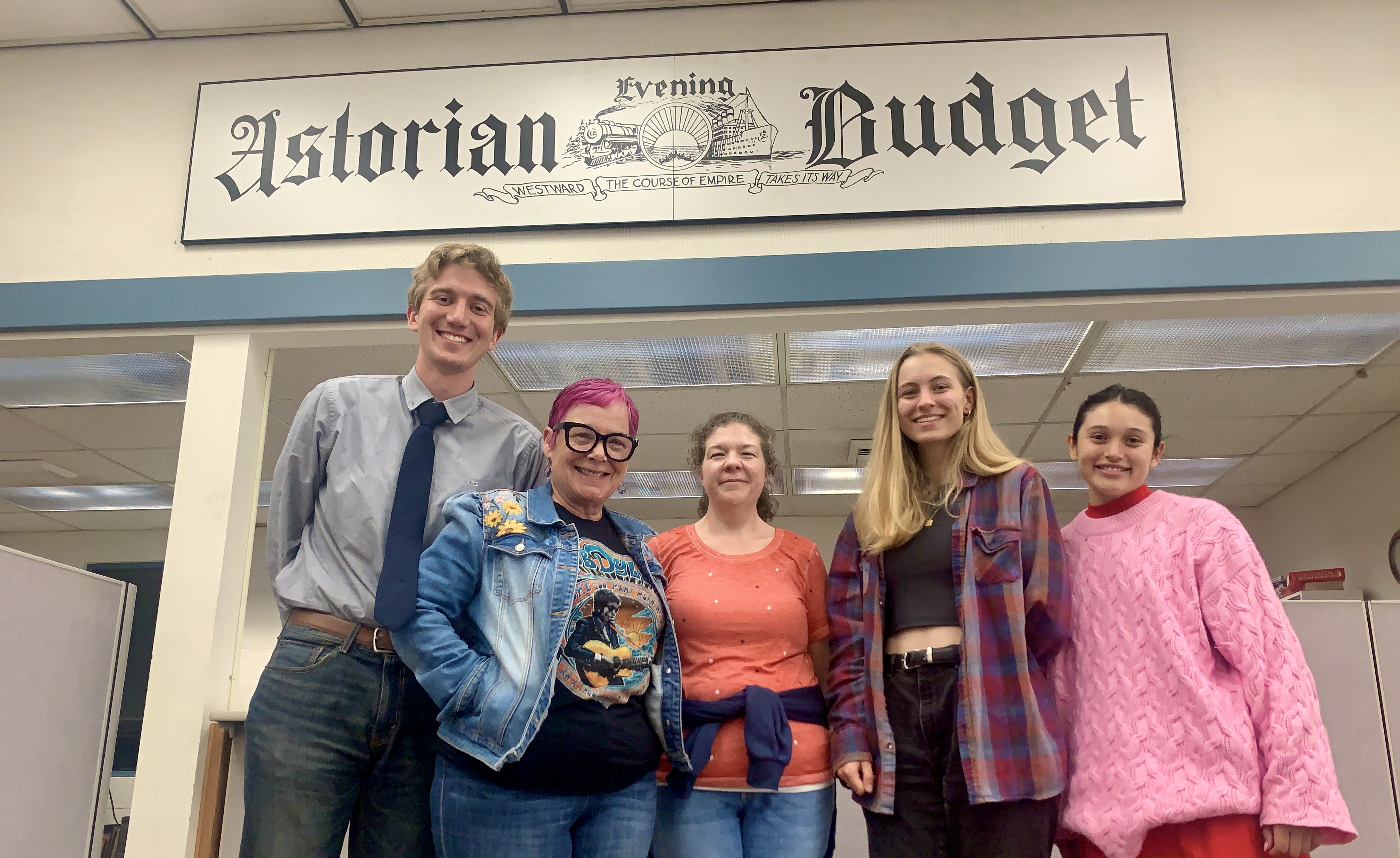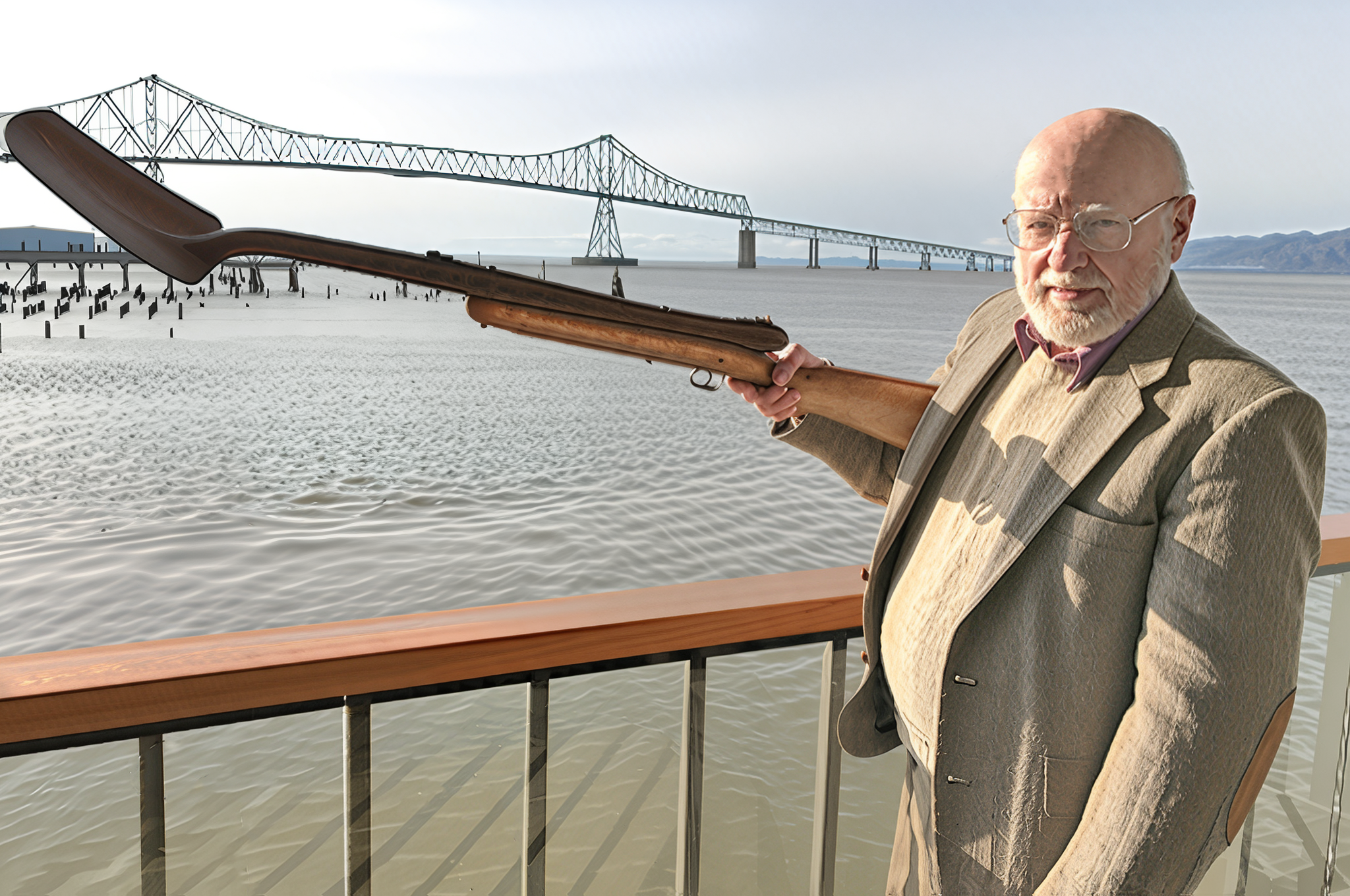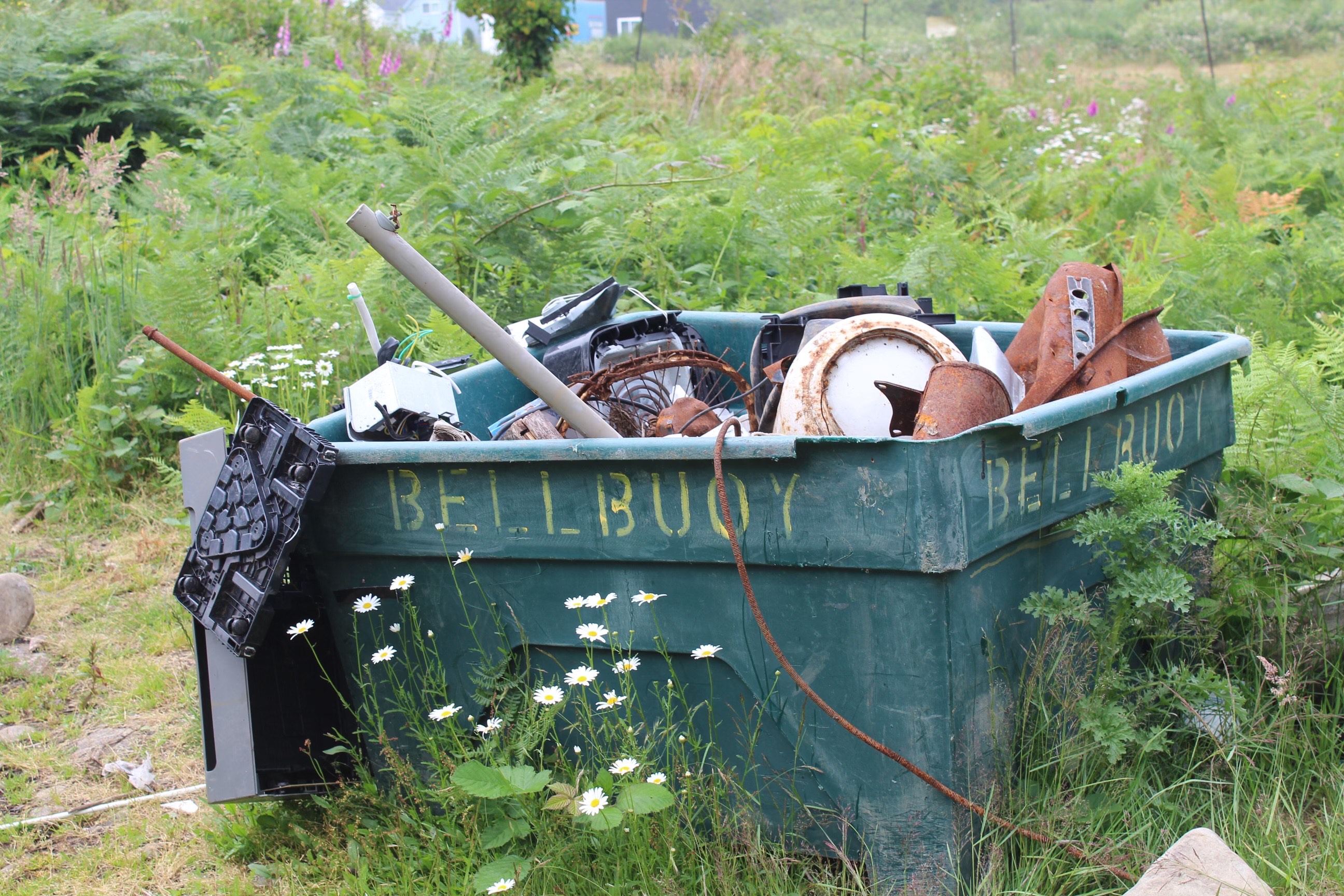Of Cabbages and Kings: St. Joseph made me appreciate Astoria
Published 5:00 pm Tuesday, June 15, 2010

- Of Cabbages and Kings
Our family gathered in Kansas City last Friday for a wedding of our nephew.
On Sunday, after we had put our son and daughter on planes to California and Portland, my wife and I headed off to St. Joseph, Mo.
Why? It’s a very historic place. St. Joe, as it is called, was the western terminus of the Pony Express. The town was also a setting for the bitter, bloody Missouri-Kansas tensions preceding and into the Civil War. Jesse James was killed in St. Joe. And Joseph Smith and his Mormon followers moved through this region in the odyssey that ended in Salt Lake City.
While St. Joe is awash in history, no one has edited the story. No one has interpreted the intersection of history that happened there. We visited the Pony Express museum, the Patee House and a collection of museums under the heading of the Glore Psychiatric Museum. The Pony Express Museum was the best of the lot. The Patee House (a 19th Century hotel) was a perfect example of a board that could not say no to any artifact donor. There were at least two square grand pianos on display and another baby grand piano. The sheer mass of objects, without focus and with little interpretation, overwhelms the place. Meanwhile, the Patee’s central role in the Pony Express story is diffuse.
There is a truism about life – that you don’t know what you want until you know what you don’t want. In a similar way, seeing these half-baked museums made me appreciate Astoria’s professional approach to history.
I have long marveled at the size of what I call the history sector of our economy. But I’ve taken for granted the discerning intellects that started it all and keep it going. People like Rolf Klep, Burnby Bell, Dave Pearson, Liisa Penner and McAndrew Burns. We also have the National Park Service. What we have in Astoria is history that has been edited and interpreted. That makes a story that beckons visitors.
Down the highway from St. Joe, we found Weston, Mo., a gem of a town that is a hub of tobacco growing. Of course, it helps that Weston (population about 700) is small, compared to St. Joe (population about 73,000). St. Joseph badly needs an urban renewal program. We had not seen so many defunct, shuttered churches.
It sounds oxymoronic, but cemeteries bring history to life. We rediscovered that truth at Woodlawn Cemetery in Independence, Mo., where my wife’s parents are buried. Her brother and our nephew Joseph have conducted their own research on the Confederate dead who are interspersed among the Union graves. Their discovery came on Memorial Day, when they observed that certain graves suddenly bloomed with CSA flags, put there by Daughters of the Confederacy.
Missouri was a border state, but has a strong vein of Southern culture despite its adherence to the Union.
Kansas City was known as “the Paris of the Plains” in the early days of jazz. That tradition lingers. On Saturday night, we heard a quartet at Jardine’s that would have turned heads in New York or Chicago. Kim Park led the group, on woodwinds. Joe Cartright worked the piano so hard that, on one occasion, it moved.
The Washington Post devoted a lot of acreage to “The Goonies” anniversary gathering in Astoria. I was amused to read Monica Hesse’s characterization of Astoria as “a village” on a “rocky coast.” Wow, we must live in a replica of England’s Cornish coast. And the village concept summons an image of us carrying pitchforks, living under thatched roofs with pigs running about in the mud.
Ah, the sophisticated observations of the Eastern press.
Over several years, Dewey Rand and I enjoyed tag-teaming Oregon State University and its plastic grass playing fields. The late publisher of the Capital Press died in 1998, but I nurture his outrage. Last week’s announcement that Corvallis Seed Research had supplied grass for the eight World Cup soccer fields is fresh ammunition for derision of the synthetic horticulture on OSU’s football field. Dewey delighted in calling OSU’s fields “ersatz grass.” I am pleased to take up Dewey’s cudgel. OSU’s president Ed Ray should be red-faced with embarrassment that his premier playing field turns its back on his university’s agricultural research which helped create the grass seed that the world now esteems. Ray and his agricultural dean, Sonny Ramaswamy, should erect a sign at Reser Stadium proclaiming the university’s pride in the synthetic.
On our way to Kansas City last Thursday night, we observed an electrical storm over Kansas that was breathtaking. Across the northern sky, multiple bolts of lightning lit the sky. These fireworks continued for at least 10 minutes.
While driving through downtown Kansas City on Friday evening, we saw a restaurant courtyard where at least 100 were gathered to watch the World Cup on a jumbo television screen. If heartlanders are gathering to watch the World Cup, we have a major comment on the American acceptance of soccer.
– S.A.F.









